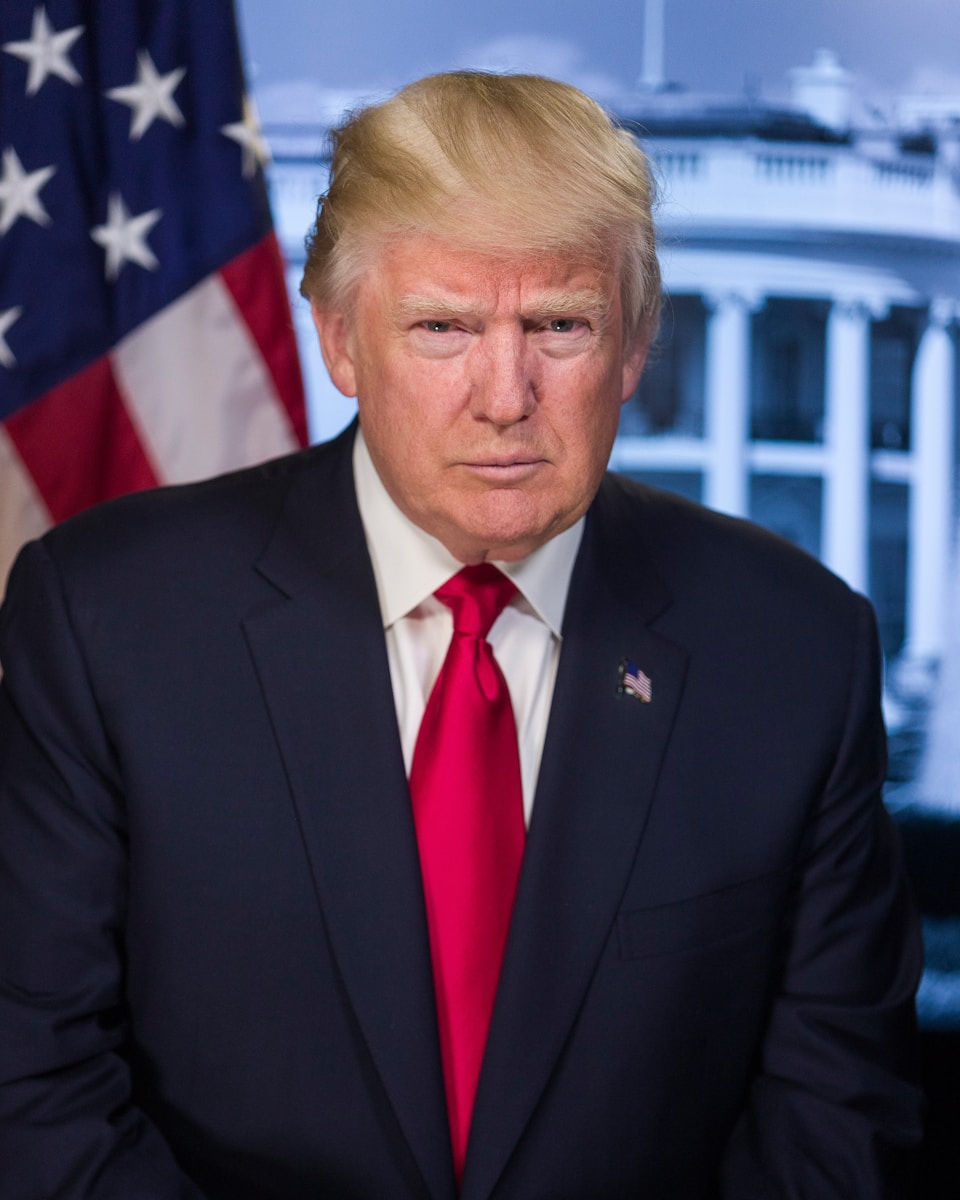
In a significant development reshaping international trade relations, President Donald J. Trump on Wednesday signed an Executive Order imposing an additional 25 percent tariff on imports from India. This new measure, effective in 21 days, brings the total tariff on a vast array of Indian goods to a substantial 50 percent, marking one of the highest duty rates the United States imposes on any trading partner globally. The move is a direct response to India’s continued purchase of Russian oil, which the Trump administration views as fueling Moscow’s ongoing conflict in Ukraine.
The newly announced 25 percent tariff will stack upon a pre-existing 25 percent duty that President Trump had previously threatened and which is set to take effect on Thursday. This combined penalty, a formidable 50 percent ad valorem rate, positions India alongside countries such as Brazil, which also faces a 50 percent import tax across its products. Other nations with notably high tariffs from the U.S. include Syria at 41 percent, Myanmar at 40 percent, and Switzerland at 39 percent, highlighting the severity of the new economic pressure on New Delhi.
The Executive Order, officially issued on August 6, 2025, asserts the President’s authority under a range of critical statutes, including the International Emergency Economic Powers Act (IEEPA), the National Emergencies Act, section 604 of the Trade Act of 1974, and section 301 of title 3, United States Code. These legal frameworks underscore the administration’s determination to address what it deems an “unusual and extraordinary threat to the national security and foreign policy of the United States,” stemming from the actions and policies of the Government of the Russian Federation concerning Ukraine.
Central to the order’s rationale is the finding, explicitly stated by President Trump, that “the Government of India is currently directly or indirectly importing Russian Federation oil.” The order notes, “To deal with the national emergency described in Executive Order 14066, I determine that it is necessary and appropriate to impose an additional ad valorem duty on imports of articles of India.” This tariff, in the President’s judgment, is intended to “more effectively deal with the national emergency” first outlined in Executive Order 14066 of March 8, 2022.
The original Executive Order 14066, which expanded upon Executive Order 14024 of April 15, 2021, broadly prohibited the importation into the United States of certain products of Russian Federation origin. These prohibitions included crude oil, petroleum, and petroleum fuels, oils, and products of their distillation. The current order against India explicitly links India’s oil purchases to the continuation of this national emergency, asserting that such actions contribute to the persistent threat posed by Russia.
While the new 25 percent duty is set to become effective 21 days after the order’s signing, on or after 12:01 a.m. eastern daylight time, there are specific exemptions for goods already in transit. Articles that “were loaded onto a vessel at the port of loading and in transit on the final mode of transit prior to entry into the United States before 12:01 a.m. eastern daylight time 21 days after the date of this order” are exempt, provided they are entered or withdrawn for consumption before 12:01 a.m. eastern daylight time on September 17, 2025.
The order clarifies the scope of these duties and their stacking mechanism. The newly imposed ad valorem duty is explicitly stated to be “in addition to any other duties, fees, taxes, exactions, and charges applicable to such imports.” It further specifies that this new tariff will apply in addition to the ad valorem duty imposed in Executive Order 14257 of April 2, 2025, which mandated reciprocal tariffs to address large and persistent U.S. goods trade deficits. This layering of tariffs underscores the administration’s multi-pronged approach to trade and foreign policy objectives.
Certain categories of articles are, however, exempt from the new tariffs. These include items falling under 50 U.S.C. 1702(b) and those set forth in Annex II to Executive Order 14257 of April 2, 2025, as amended. Additionally, articles subject to the new duty that are admitted into a foreign trade zone on or after the effective date must be admitted as “privileged foreign status,” unless eligible for “domestic status” under 19 CFR 146.43, thus defining the customs treatment of these affected imports.
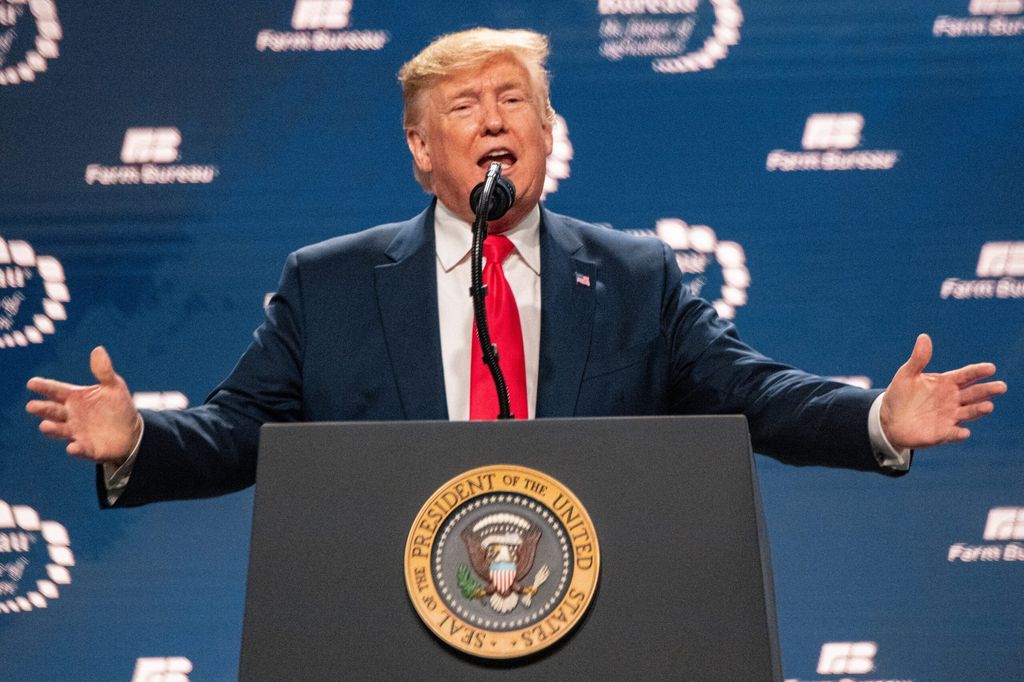
President Trump’s public statements leading up to the executive order provided clear insight into his administration’s thinking. Earlier this week, he had threatened India with new tariffs, asserting that India was “helping Russia wage war in Ukraine.” On social media, the President articulated his frustration, stating, “India is not only buying massive amounts of Russian Oil, they are then, for much of the Oil purchased, selling it on the Open Market for big profits. They don’t care how many people in Ukraine are being killed by the Russian War Machine.
In an interview with CNBC, President Trump further elaborated, “India has not been a good trading partner, because they do a lot of business with us, but we don’t do business with them. So we settled on 25% [tariffs] but I think I’m going to raise that very substantially over the next 24 hours, because they’re buying Russian oil. They’re fueling the war machine.” This blend of trade imbalance grievances and geopolitical concerns highlights the complex motivations behind the new tariffs.
Adding another layer of geopolitical intrigue, the announcement of these tariffs came mere hours after President Trump’s foreign envoy, Steve Witkoff, concluded a meeting in Moscow with Russian President Vladimir Putin, as evidenced by images released by state television. The timing suggests a coordinated effort to exert pressure on both Russia and its trading partners.
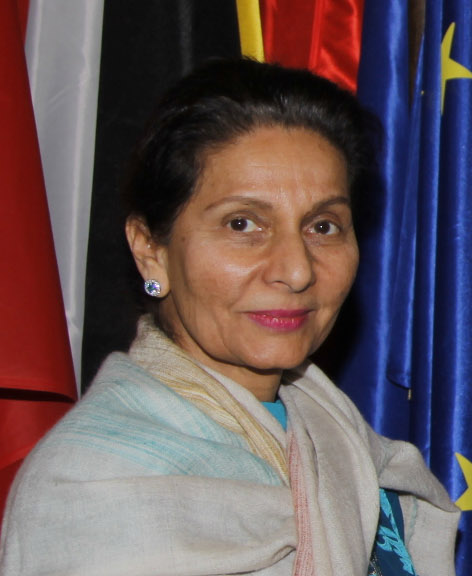
India’s Ministry of External Affairs swiftly responded to the tariff escalation, issuing a statement defending its purchases of Russian oil. The statement, published on Wednesday, asserted, “We have already made clear our position on these issues, including the fact that our imports are based on market factors and done with the overall objective of ensuring the energy security of 1.4 billion people of India.” This highlights India’s primary concern for its vast population’s energy needs.
The Indian government also expressed strong disapproval of the U.S. action, deeming it “extremely unfortunate that the U.S. should choose to impose additional tariffs on India for actions that several other countries are also taking in their own national interest.” This statement underscores India’s view that its energy decisions align with standard national interests, not unique defiance. The Ministry further stated, “We reiterate that these actions are unfair, unjustified and unreasonable,” and hinted at potential retaliatory measures, emphasizing that “India will take all actions necessary to protect its national interests.
The economic ramifications of these tariffs are expected to be substantial. The U.S. goods trade deficit with India has nearly doubled since President Trump’s first term, indicating India’s growing importance as a trading partner for America. Both countries have seen a roughly twofold increase in the amount of goods imported from one another. This trade dynamic developed partly as American businesses, in response to increased tariffs on China, sought alternative production locations, with India emerging as a key contender.
Last year, U.S. imports from India totaled $87 billion, according to Commerce Department data, while India imported $42 billion worth of goods from the U.S. The top goods the U.S. received from India included pharmaceuticals, communications equipment such as smartphones, and apparel. Conversely, the primary American exports to India comprised various oils and gases, chemicals, and aerospace products and parts. Were India to implement retaliatory tariffs, these American industries could face considerable adverse impacts.

Notably, smartphones are explicitly exempt from both the previously threatened tariffs and the new 25 percent duty. This exemption is significant given that India produced 44 percent of U.S. smartphone imports last quarter, surpassing China as the leading country of origin. Apple, for instance, has substantially shifted its iPhone production to India in recent years, with its chief executive, Tim Cook, stating in May that the majority of iPhones sold in the U.S. would originate from India starting this quarter.
Despite the tariff exemptions for smartphones, Apple has reported financial challenges, taking an $800 million hit in the last quarter and predicting an additional $1.5 billion impact in the next three months. This situation adds complexity to the trade relationship, especially as President Trump has publicly urged American companies like Apple to manufacture their products within the United States. In a May social media post, he stated, “I have long ago informed Tim Cook of Apple that I expect their iPhone’s that will be sold in the United States of America will be manufactured and built in the United States, not India, or anyplace else.
The Executive Order also outlines mechanisms for future adjustments and monitoring, granting the President “Modification Authority.” This authority allows for modifications to the order based on “additional information, recommendations from senior officials, or changed circumstances.” Significantly, it also provides for modifications should “a foreign country retaliate against the United States in response to this action,” or if Russia or an affected country takes “significant steps to address the national emergency” and aligns with the U.S. on national security, foreign policy, and economic matters.
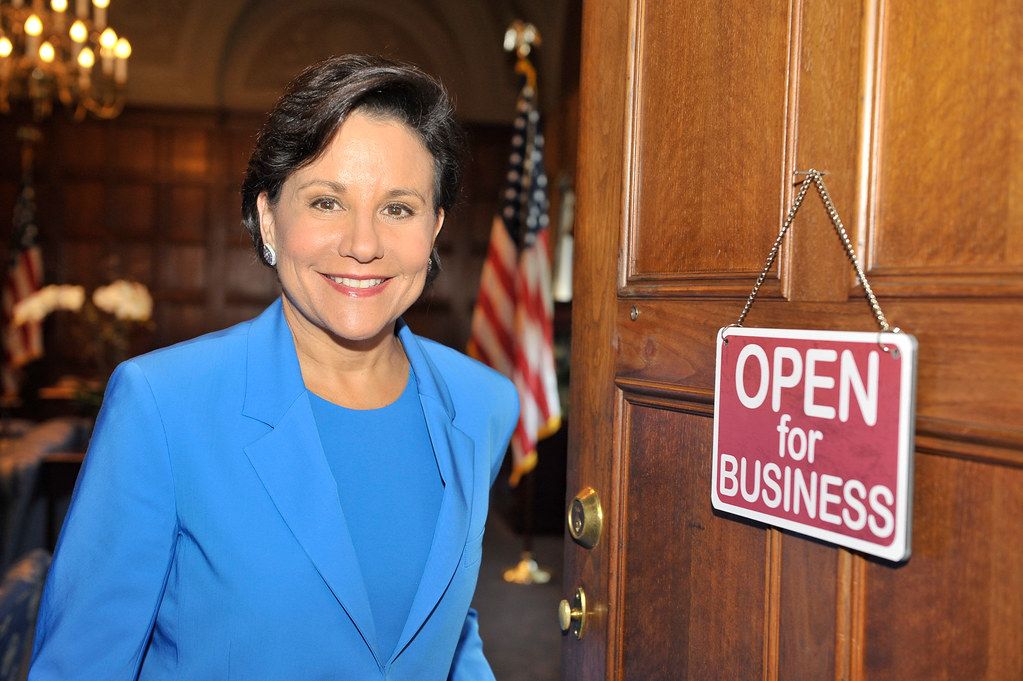
Section 5, titled “Monitoring and Recommendations,” delegates significant responsibilities to key cabinet members and presidential assistants. The Secretary of Commerce, in coordination with the Secretaries of State and the Treasury, is tasked with determining whether any other country is directly or indirectly importing Russian Federation oil. If such a finding is made, the Secretary of State, in consultation with a broad array of senior officials including the Secretaries of Treasury, Commerce, and Homeland Security, the United States Trade Representative, and various presidential assistants, is mandated to recommend whether and to what extent action, including the imposition of an additional 25 percent ad valorem duty, should be taken against that country.
This section further instructs the Secretary of State to continually monitor and consult on the declared emergency. It also calls for recommendations for additional action if the current measures prove ineffective in resolving the emergency or if Russia or another foreign country retaliates against the United States. Such provisions emphasize the dynamic and potentially expanding nature of the U.S. administration’s trade and foreign policy tools.
Section 6, on “Delegation,” empowers the Secretary of State, in consultation with other senior officials, to take necessary actions, including adopting rules and regulations, and to employ all powers granted by IEEPA to implement the order. This includes the authority to redelegate these functions within the Department of State. Furthermore, the Secretary of Homeland Security, in consultation with the U.S. International Trade Commission, is authorized to modify the Harmonized Tariff Schedule of the United States as needed, ensuring the practical implementation of the tariffs through formal notice in the Federal Register. U.S. Customs and Border Protection is also authorized to administer the duties.
The order provides specific definitions to ensure clarity in its application. Russian Federation oil” is defined broadly to mean “crude oil or petroleum products extracted, refined, or exported from the Russian Federation, regardless of the nationality of the entity involved in the production or sale of such crude oil or petroleum products.” The term “indirectly importing” is also defined to encompass “purchasing Russian Federation oil through intermediaries or third countries where the origin of the oil can reasonably be traced to Russia,” with the Secretary of Commerce, in consultation with the Secretaries of State and the Treasury, making such determinations.
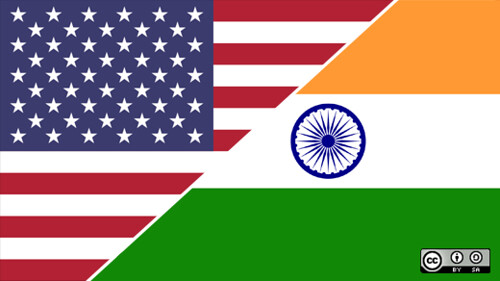
This latest action by President Trump marks a significant turning point in U.S.-India relations, which had previously seen moments of alignment, including Prime Minister Narendra Modi being the fourth foreign leader to visit Trump in the White House during his second term. For a period, White House advisers had even suggested that a trade agreement with India might be the first such deal reached, although the United Kingdom ultimately secured that distinction. The current imposition of substantial tariffs now places India under considerable economic duress from its critical geopolitical partner, potentially reshaping global trade alliances and supply chains.
As this high-stakes economic confrontation unfolds, the implications for global trade, energy markets, and international diplomacy are profound. The White House’s decision to leverage trade policy as a punitive measure against a major trading partner, aiming to influence its foreign policy decisions, represents a robust and assertive stance. The coming weeks will reveal how these new tariffs impact consumers and businesses on both sides of the Pacific, and whether they achieve the desired shift in India’s energy procurement strategy or lead to a broader realignment of geopolitical allegiances.




